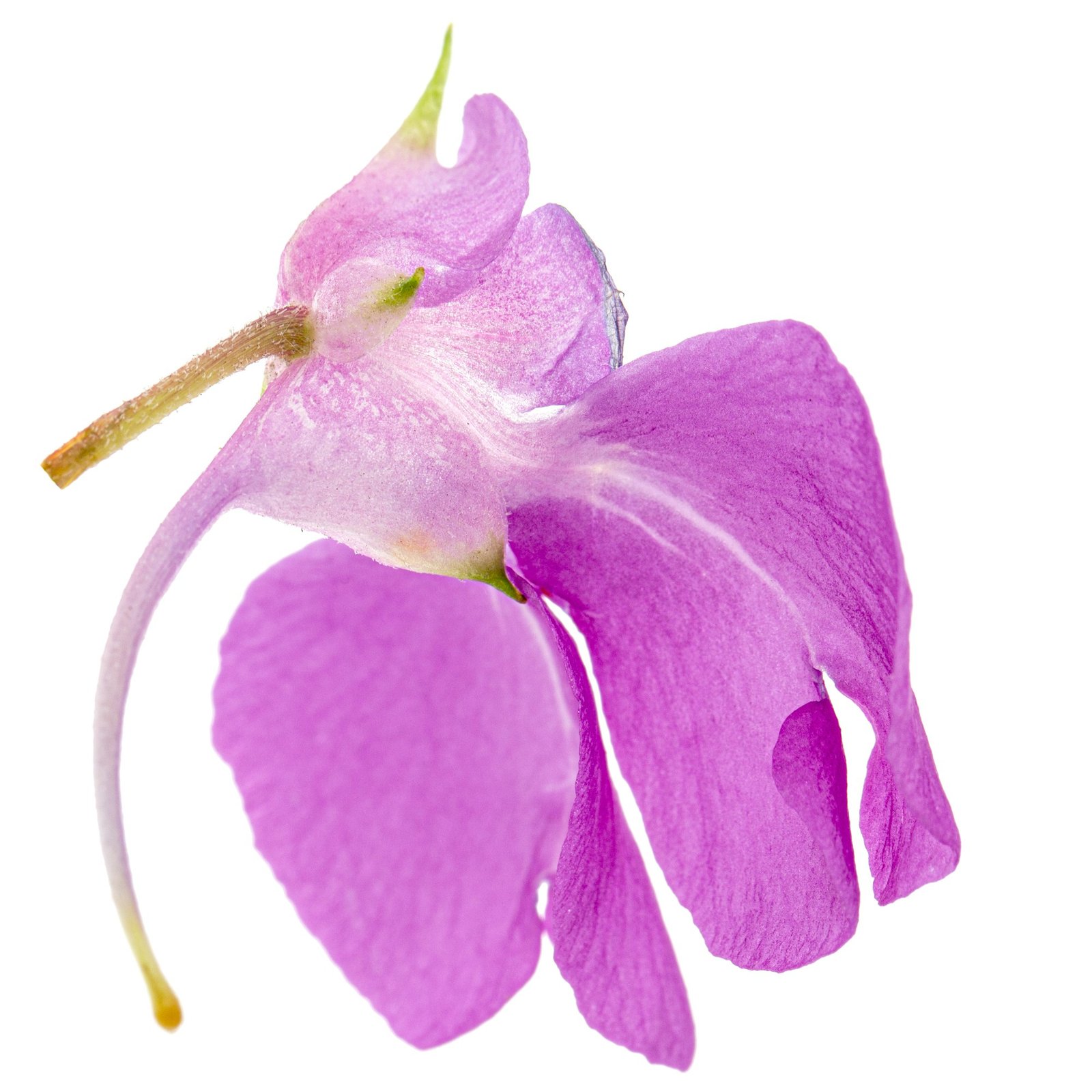Jewelweed, with its vibrant orange flowers and raindrop-shaped leaves, is a captivating addition to any garden. This native plant, also known as spotted touch-me-not and orange balsam, belongs to the Balsam family and is often mistaken for Impatiens walleriana.
Jewelweed’s alluring appearance and ability to attract pollinators like hummingbirds and bumblebees make it an excellent choice for garden enthusiasts.

Thriving in moist soil and shade, jewelweed is especially well-suited for canopied forests and wetland areas. It forms large colonies and can suppress the growth of other plants, yet it is not considered invasive. Additionally, jewelweed has a rich history of medicinal use by Native Americans, who utilized its sap as an antidote for hives and a treatment for athlete’s foot.
Where to Get Jewelweed Seeds?
Jewelweed seeds can be purchased from some online seed retailers or at native plant nurseries. Look for sellers who specify “Impatiens capensis” or “spotted jewelweed” to ensure you’re getting the right variety.
Since jewelweed readily self-sows, seeds may not always be widely available. If you find seeds, check the collection date, opting for seeds harvested within the last year for best germination rates.
- USDA Hardiness Zone. 2–11 (USDA).
Prices pulled from the Amazon Product Advertising API on:
Product prices and availability are accurate as of the date/time indicated and are subject to change. Any price and availability information displayed on [relevant Amazon Site(s), as applicable] at the time of purchase will apply to the purchase of this product.
Growing jewelweed is relatively simple as it does not require fertilizers or compost. However, it needs to be reared from seed each year, and pruning can limit its growth and self-seeding. It is important to note that individuals with plant allergies should consume jewelweed in moderation, as it may be toxic to them.
In this article, we will explore the benefits and uses of jewelweed, provide helpful tips for its cultivation and care, and address potential concerns.
Benefits and Uses
The benefits and uses of jewelweed (Impatiens capensis) include its attraction to pollinators such as hummingbirds and bumblebees. It also has the ability to form large colonies in moist areas.

Jewelweed has a historical use by Native Americans as an antidote for hives and a treatment for athlete’s foot. It is also known as spotted touch-me-not and orange balsam.
Jewelweed has been recognized for its medicinal properties, and the sap of jewelweed has long been used as a natural remedy for skin irritations, including poison ivy and insect bites.
What’s more, jewelweed is an excellent choice for wildlife gardens as it attracts pollinators and provides food and shelter for various species. Its bright orange flowers and raindrop-like leaves add beauty to any garden while serving as a natural remedy and supporting local ecosystems.
Growing and Care Tips
To successfully cultivate and maintain Impatiens capensis, it is important to provide a suitable environment with adequate moisture and shade, as well as periodically prune the plant to control its growth and prevent self-seeding.
When choosing companion plants, it is generally a good idea to select those that thrive in similar conditions, such as ferns, hostas, or other shade-loving perennials.
Jewelweed requires regular watering to keep the soil consistently moist, especially during dry spells but, like most plants, it is important to avoid overwatering, as this can lead to root rot. A watering schedule of once or twice a week, depending on rainfall and soil moisture levels, is generally sufficient.
It is also advisable to mulch around the base of the plant to help retain moisture and suppress weed growth.
By providing the appropriate growing conditions and following a consistent watering schedule, gardeners can enjoy the beauty of jewelweed in their landscape.
Potential Concerns
One potential concern regarding jewelweed (Impatiens capensis) is its aggressive growth habit, which can lead to it outcompeting and suppressing the growth of other plants in its vicinity. This can result in a reduction of biodiversity and can be particularly problematic in natural areas where native plants need to thrive.
Additionally, jewelweed is sometimes mistaken for the popular garden plant Impatiens walleriana, leading to the misconception that they are the same plant. However, unlike Impatiens walleriana, jewelweed is a native plant and has different growth requirements.
Another concern is that jewelweed may cause allergic reactions in individuals with plant allergies. While it is not considered highly toxic, it is important to consume jewelweed in moderation and be cautious if you have known plant allergies.
Frequently Asked Questions
Can I grow jewelweed in a container or does it need to be planted in the ground?
Jewelweed can be grown in containers or planted in the ground. Container gardening allows for more control over soil moisture and placement, while planting in the ground provides benefits such as natural soil nutrients and space for the plant’s spreading growth habit.
How long does it take for jewelweed seeds to germinate?
Jewelweed seeds typically take about 7 to 14 days to germinate. To propagate jewelweed from cuttings, take 4-inch stem cuttings with at least two nodes and place them in a well-draining soil mix. Keep the cuttings moist and provide indirect light until they root.
Can jewelweed be grown in full sun or does it require shade?
While discussing whether jewelweed can be grown in full sun or shade, it is important to consider that it prefers shade in canopied forests and wetland areas. As for its use as a natural remedy for skin conditions, further research is needed.
Is jewelweed deer-resistant?
Jewelweed is not deer-resistant. Although it is valued for its medicinal properties as a natural remedy for poison ivy, deer find jewelweed to be a palatable food source and may consume it in gardens.
Can jewelweed be grown indoors as a houseplant?
Indoor jewelweed care involves providing appropriate lighting, temperature, and humidity levels. Growing jewelweed indoors can offer several benefits, including year-round access to its medicinal properties, aesthetic appeal as a houseplant, and the ability to control its growth and spread.



